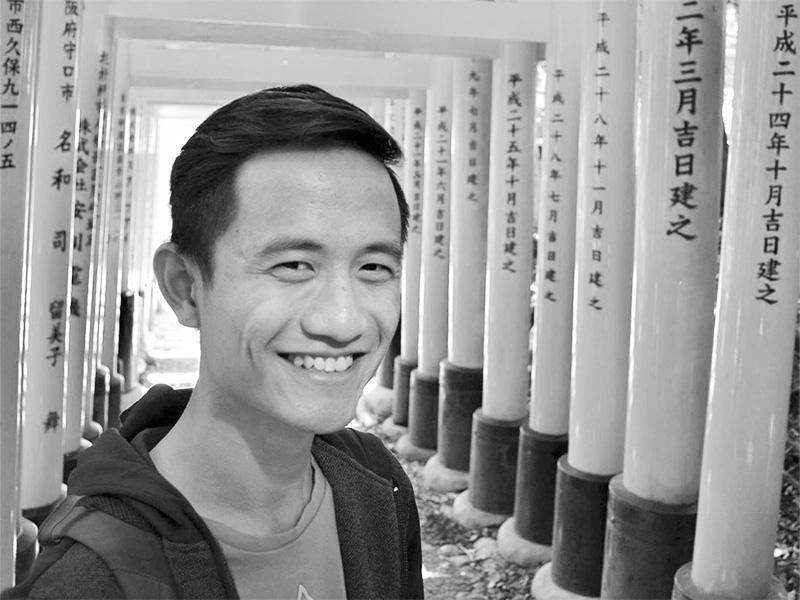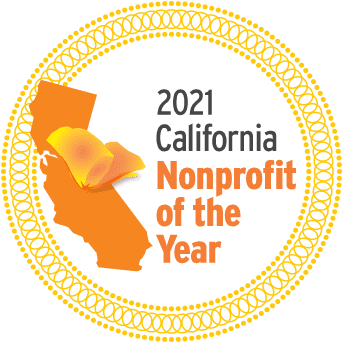An AGB member institution just made history.
When Mount Tamalpais College (MTC) received notice of its initial accreditation in January 2022, it very likely became the first accredited liberal arts college based inside a correctional facility and designed solely for incarcerated students.
As an AGB consultant to the college, I see how students change their lives forever with MTC’s mission to provide “an intellectually rigorous, inclusive Associate of Arts degree program and College Preparatory program, free of charge, to people incarcerated at San Quentin State Prison….” The college aims to “foster the values of equity, civic engagement, independence of thought, and freedom of expression.”
Signifying how well the college delivers on its liberal arts mission, former President Barack Obama awarded the National Humanities Medal to the Prison University Project in 2016.
The College Program at San Quentin State Prison was founded in 1996 as an extension site of Patten College (later Patten University). In 2003, the Prison University Project (PUP) was created to provide material and financial support to that program. After a series of significant changes at Patten, the leadership of PUP began to explore forging a new institutional partnership or becoming an independent institution. In 2018, they decided on the latter, and MTC came into being.
The founding of MTC comes at a time of significant change in the field of higher education in prison. When the Violent Crime Control Act of 1994 prohibited incarcerated people from receiving Pell grants, the number of prison higher education programs across the United States dropped from over 300 to fewer than 10. Only in the past several years have efforts at the state and federal level to reinstate support seen a resurgence of the field. In summer 2021, Congress voted to restore Pell eligibility for incarcerated people (effective 2023) as part of the stimulus package.
While Pell funds make it more financially feasible for other institutions to serve incarcerated students, MTC leaders note the lack of binding quality standards or accountability systems to protect incarcerated students from substandard, or even exploitative, practices. Responsible academic institutions and their governing boards will be attentive to such concerns. MTC has demonstrated that maintaining high standards in a liberal arts education in prison is not only possible, but a moral imperative. It also presents a unique opportunity to advance the cause of equity while fostering a healthy civil society.
Patten’s sponsorship had allowed the program to develop without its own governing board or independent accreditation. After its first review, the Accrediting Commission for Community and Junior Colleges (ACCJC) recommended that before applying for initial accreditation, the college should formalize decision-making roles and ensure that all constituents had opportunities to participate. The program-oriented board of directors needed to become a fiduciary governing board, and the college needed to establish shared governance. That’s when MTC turned to AGB for assistance.
In late 2020, I began working remotely with MTC due to the pandemic. We started with five two-hour seminars over the course of four months, covering board roles and responsibilities, trusteeship, board-president relationships, and board operations. Each session had a syllabus with recommended readings and other AGB resources that remain in the board’s online folder for future reference. I also met with the executive team to help them understand how they can support the board’s transition.
Starting with their existing bylaws and policies, I drafted revisions and wrote new material for the Governance Committee to develop further and recommend to the board for adoption. The documents remain works in progress, slowed primarily by the demands of the pandemic. Now I sit in on board and committee meetings and advise the president and board chair. I provide just-in-time information about best practices, suggest adaptations if best practices don’t fit MTC, and offer feedback on their efforts to implement their new learnings.
Our discussions frequently run into unique dilemmas. Why should we change from being directors to trustees—what’s the difference? How do you achieve faculty governance when the faculty consists of over 300 part-time, unpaid volunteers with varying availability from one semester to another? Is it appropriate for a faculty volunteer to serve on the board of trustees? (Several already do.) Is it appropriate to have alumni on the board? (Emphatically, the answer is yes.) The president is a founder of the organization and the core sustaining element of its success. Given the board’s new governing responsibilities, do the president and the board need to reconstruct their relationship?
Working through questions like these brings me a fresh perspective on the work we all do. We know in our heads that we change lives and society for the better. We can imagine in our hearts what MTC means to its students, alumni, and their families and communities. Though every story is different, is higher education’s impact less true for any student anywhere? Are we doing enough to build support?
Every governing board I’ve worked with impresses me; every institution is uniquely inspiring. By definition, each one devotes time and resources to governing better. There is always more to learn. It helps to have a coach.
Ellen-Earle Chaffee is a senior fellow and senior consultant at AGB.
Attribution: This article originally appeared in AGB on February 16, 2022.












